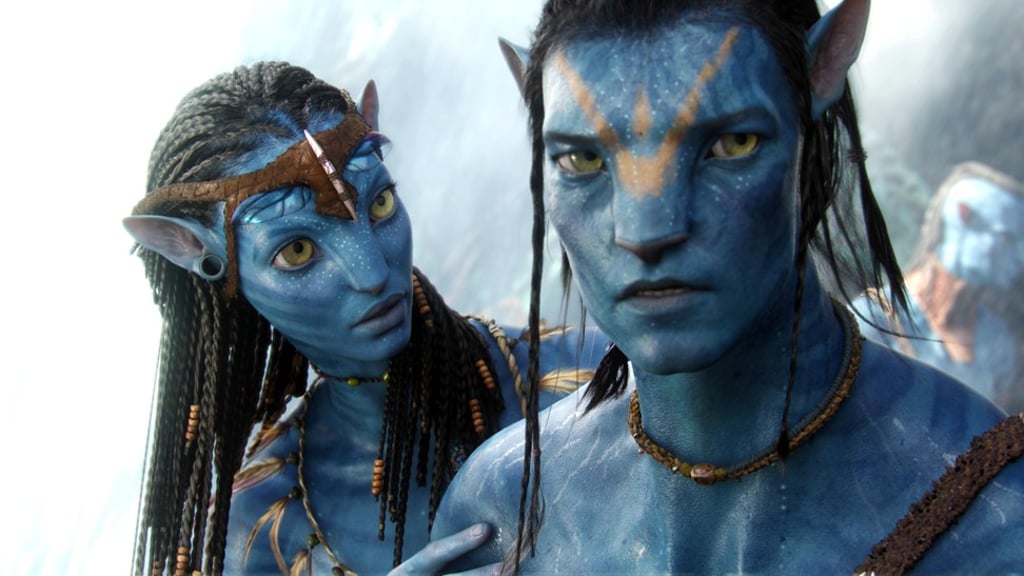Language Matters | From Game of Thrones’ Dothraki to Star Trek’s Klingon and more: the fantastical world of conlangs
People have been creating languages for all sorts of reasons, from the artistic Elvish languages invented by J.R.R. Tolkien to Esperanto, which was created by a Polish Jew for ’international understanding and peaceful coexistence’

It’s not just the dragons, power plays, sex and violence. What has also captured the imagination of Game of Thrones viewers are its “conlangs” (constructed languages).
Why do GoT’s conlangs feel so rich and real? To create Dothraki, linguist David Peterson used snippets used in the books on which the television series is based and, with 3,000 words, developed the language to reflect a nomadic, horseback-riding warrior culture.
Linguistic elements in conlangs often follow the pattern of natural languages. Hash yer dothrae chek? (“Are you riding well?”) is the Dothraki equivalent of “How are you?”, and not unlike “Have you eaten?”, which is found across many Asian languages. An oral language, without a term for “book”, Dothraki borrows that word from another conlang, High Valyrian (just as all languages borrow words).
Already in use among conlangers from the early 1990s, the word “conlang” was included in the Oxford English Dictionary in 2014. Artificially constructed languages have, however, been created since the 12th century, and for a variety of functions. The best known is perhaps Esperanto, invented in the late 19th century by Polish Jew Ludwik Zamenhof and intended as a universal auxiliary language for international understanding and peaceful coexistence.

But it was artlangs (artistic languages) that dominated the 20th century. Numerous fictional languages, with rich histories and mythologies, were developed by J.R.R. Tolkien (most famously the Elvish languages, which he began creating in 1910), from which grew his “Lord of the Rings” trilogy. Other beloved artlangs include Star Trek’s Klingon, Avatar’s Na’vi, and Harry Potter’s Parseltongue.
